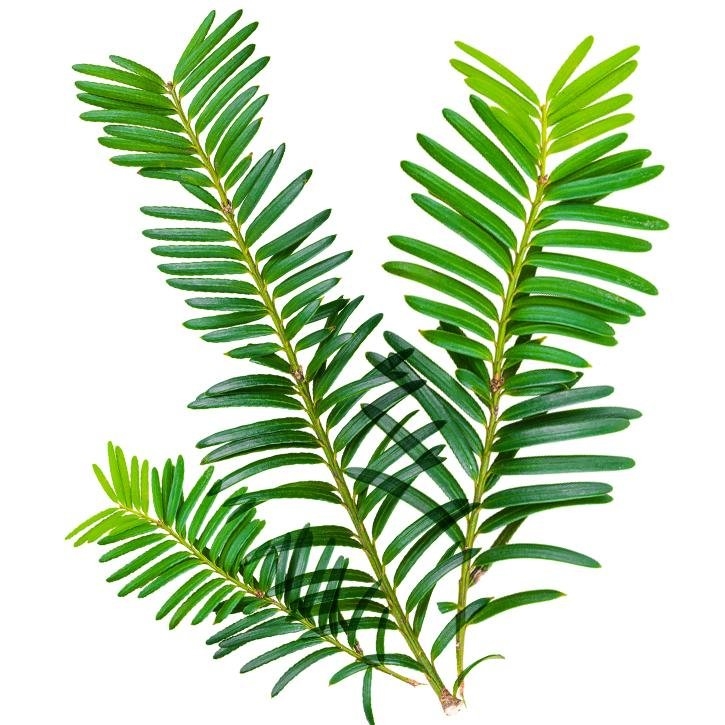It’s a small shrub of 1 to
Distribution and ecology: Underbrush and forests in the mountains, most part of the northern hemisphere.
Berries (ripe fruits), sometimes the wood.
Folk medicine uses
Internal use
External use
Agrawald, OP., Santosh, B. y Mathur, R. Antifertility effects of fruits of juniperus comunis. Planta Med. 1980; (Supple):98-101.
Janku, I., Háva, M., Kraus, R. y Motl, O. Das diuretische Prinzip des Wacholders. Naunyn-Schmiedebergs Arch Exp Path Pharmakol. 1960; 238: 112-113.
Lasheras, B., Turillas, P. y Cenarruzabeitía, E. Etude pharmacologique preliminaire de Prunus spinosa L. Plant Mèd Phytothèr. 1986; 20:219-26.
Maskolo, M., Autore, G., Capasso, F., Menghini, A., y Fasulo, MP. Biological escreening of Italian medicinal plants for antiinflamatory activity. Phytother Res. 1987; 1: 28-31.
Prakash, AO. Potentialities of some indigenous plants for antifertility activity. Int J Crude Drug Res. 1986; 24:19-24.
Sánchez de Medina, F. , Gamez, MJ., Jiménez,I.., Jiménez, J., Osuna, JI. y Zarzuelo, A. Hypoglycemic Activity of juniper “berries”. Planta Med. 1964; 60:197-200.
Wollmer, H. y Hübner, K. Untersuchungen über die diuretische Wirkung der Fructus juniperi, Radix levistici, Radix ononidis, Folia betulae, Radix liquiritiae und Herba equiseti an Ratten. Naunyn-Schmiedebergs Arch Exp Path Pharmakol. 1937; 186: 592-605.
Wollmer, H y Weidlich, R. Untersuchungen über die diuretische Wirkung der Fructus juniperi, Radix levistici, Radix liquiritiae und Herba violae tricolores an Kaninchen und Mäusen. Naunyn-Schmiedebergs Arch Exp Path Pharmakol. 1937; 186: 574-83.
